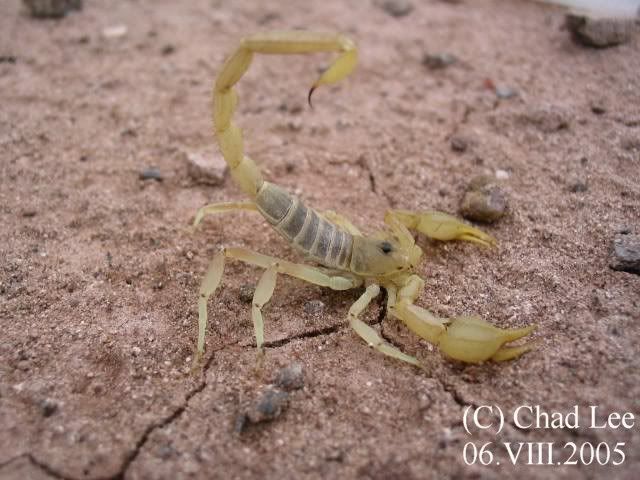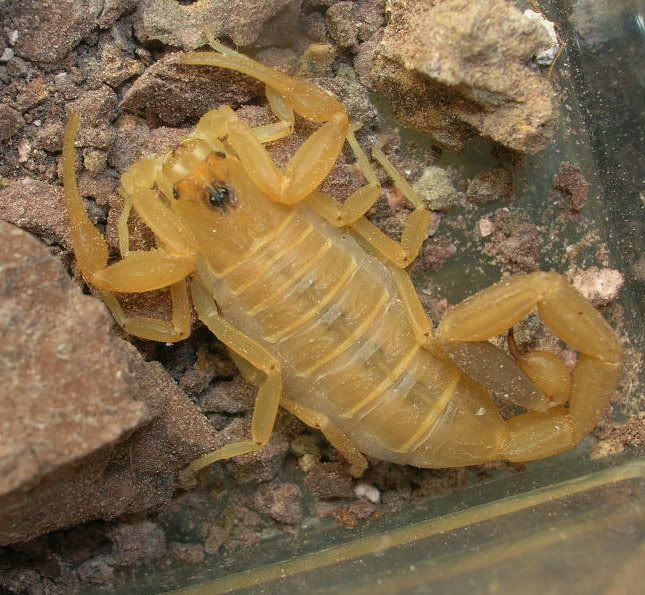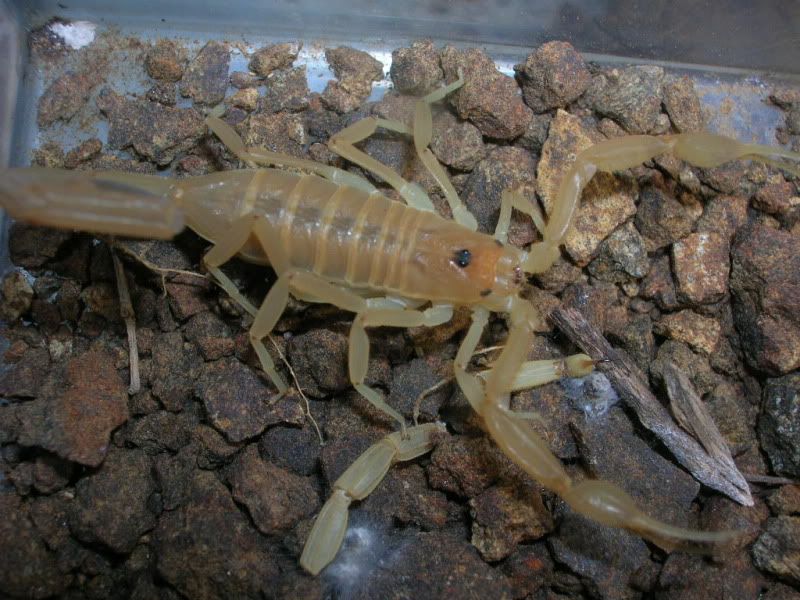- Joined
- Sep 17, 2002
- Messages
- 359
Hi all,
This topic is going to be interesting to say the least. I started a habitat thread years back and had some positive feedback too.
I'm definite that the pic is V. crassimanus.
This topic is going to be interesting to say the least. I started a habitat thread years back and had some positive feedback too.
I'm definite that the pic is V. crassimanus.
Paruroctonus utahensis, not really sure(?), found in w texas:
Last edited:
















